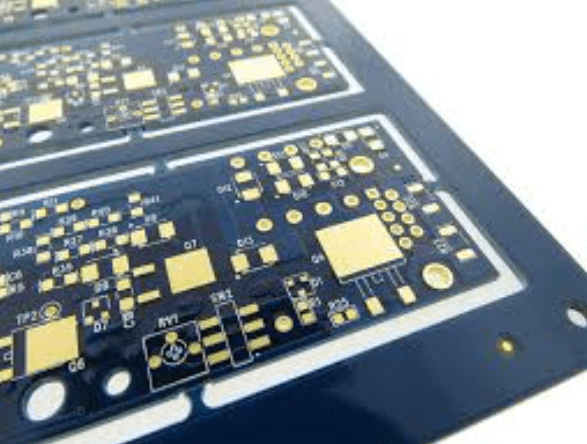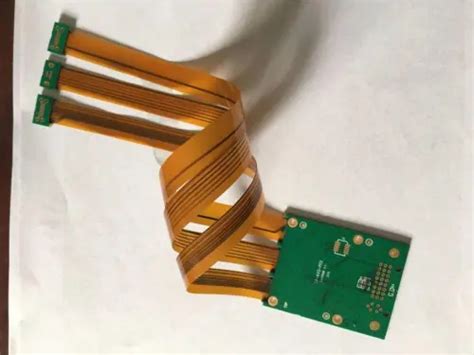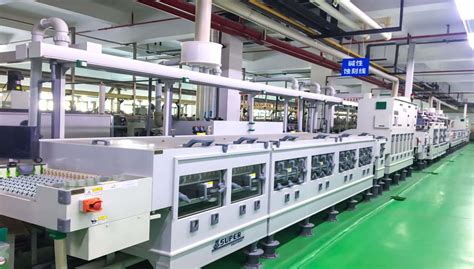7 Key Advantages of PCB Surface Finishes
Printed Circuit Boards (PCBs) are essential components in modern electronics, providing the foundation for electrical connections between components. One critical aspect of PCB manufacturing is the surface finish, which protects exposed copper from oxidation and ensures reliable solderability. Different surface finishes offer unique benefits depending on the application.
In this article, we explore the seven major advantages of PCB surface finishes, helping engineers and manufacturers choose the best option for their designs.
1. Enhanced Solderability
A primary function of PCB surface finishes is to improve solderability. Bare copper oxidizes quickly, leading to poor solder joints. Surface finishes such as HASL (Hot Air Solder Leveling), ENIG (Electroless Nickel Immersion Gold), and OSP (Organic Solderability Preservative) provide a protective layer that ensures strong, reliable solder connections.
- HASL offers excellent wetting properties, making it ideal for through-hole components.
- ENIG provides a flat surface, improving solder joint consistency for fine-pitch components.
- OSP is cost-effective for high-volume production while maintaining good solderability.
By preventing oxidation, these finishes ensure high-quality solder joints, reducing defects in PCB assembly.

2. Improved Corrosion Resistance
Copper is highly susceptible to corrosion when exposed to moisture and contaminants. Surface finishes act as a barrier, protecting the copper traces and pads.
- ENIG uses a nickel-gold layer, where gold prevents oxidation while nickel acts as a diffusion barrier.
- Immersion Silver (IAg) offers good conductivity and corrosion resistance for high-frequency applications.
- Electroless Nickel Electroless Palladium Immersion Gold (ENEPIG) provides superior protection for harsh environments.
These finishes extend the PCB’s lifespan, especially in humid or corrosive conditions.
3. Better Electrical Performance
Certain PCB applications, such as high-frequency circuits, require low electrical resistance and minimal signal loss. Some surface finishes enhance electrical conductivity better than others.
- Immersion Silver (IAg) has excellent conductivity, making it ideal for RF and microwave applications.
- ENIG provides a smooth surface, reducing signal loss in high-speed designs.
- OSP is suitable for low-frequency applications where cost is a priority.
Choosing the right finish ensures optimal signal integrity and reduces impedance issues.
4. Superior Surface Flatness
Modern PCBs, especially those with fine-pitch components like BGAs (Ball Grid Arrays), require extremely flat surfaces for reliable soldering. Uneven finishes can lead to poor connections or tombstoning.
- ENIG and ENEPIG provide excellent flatness, making them ideal for high-density interconnects (HDI).
- OSP is thin and flat but less durable than metallic finishes.
- HASL tends to be uneven due to its meniscus-like coating, making it less suitable for fine-pitch components.
Flat finishes improve assembly yield and reduce rework costs.
5. Extended Shelf Life
PCBs are often stored before assembly, and unprotected copper can degrade over time. Surface finishes help preserve PCBs during storage.
- ENIG and ENEPIG offer the longest shelf life (up to 12 months or more).
- OSP typically lasts 6–12 months but is sensitive to humidity.
- HASL provides good protection but may degrade faster in humid conditions.
A longer shelf life reduces waste and ensures consistent performance during assembly.

6. Compatibility with Lead-Free and RoHS Standard
With increasing environmental regulations, lead-free finishes are essential for compliance with RoHS (Restriction of Hazardous Substances).
- Lead-Free HASL (LF-HASL) replaces traditional tin-lead HASL with tin-copper or tin-silver-copper alloys.
- ENIG and Immersion Silver are inherently lead-free and RoHS-compliant.
- OSP is also environmentally friendly but less durable than metallic finishes.
Using compliant finishes ensures global market accessibility and reduces environmental impact.
7. Cost-Effectiveness for Different Applications
The choice of surface finish impacts manufacturing costs. Selecting the right balance between performance and cost is crucial.
- OSP is the most economical for high-volume consumer electronics.
- HASL is cost-effective for general-purpose PCBs but requires additional leveling.
- ENIG is more expensive but justified for high-reliability applications.
- ENEPIG is premium-priced but necessary for advanced packaging technologies.
Optimizing the finish based on application requirements helps reduce unnecessary expenses.
Conclusion
PCB surface finishes play a crucial role in ensuring reliability, performance, and manufacturability. The seven key advantages—enhanced solderability, corrosion resistance, electrical performance, surface flatness, shelf life, RoHS compliance, and cost-effectiveness—help engineers select the best option for their designs.
Whether for consumer electronics, aerospace, or medical devices, choosing the right surface finish improves yield, durability, and overall PCB quality. By understanding these benefits, manufacturers can optimize their processes and deliver superior electronic products.
Would you like a deeper comparison of specific finishes for your application? Let us know in the comments






